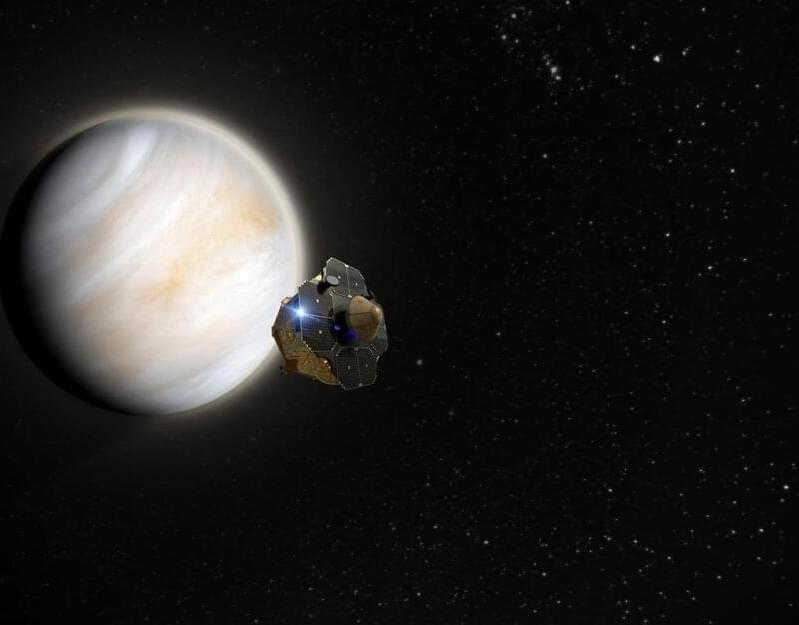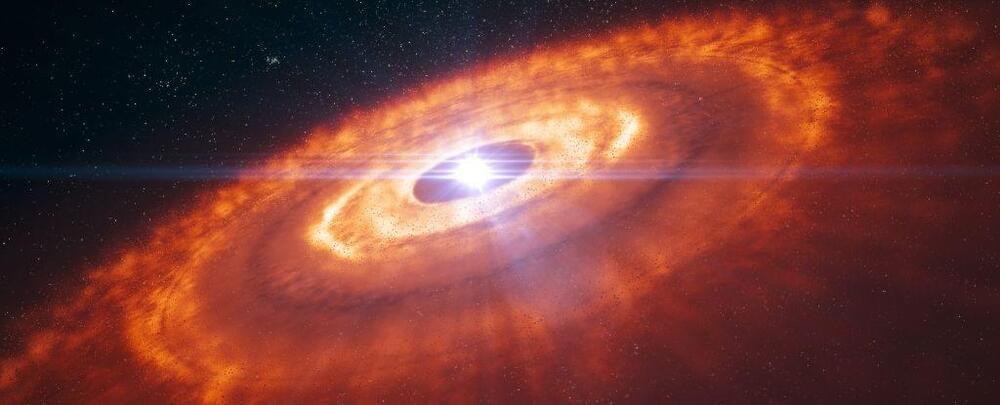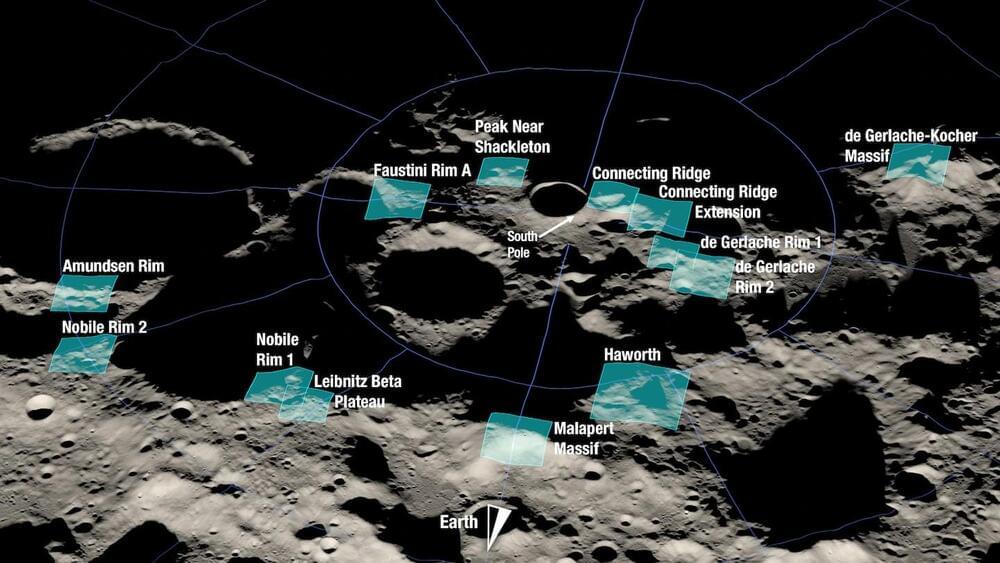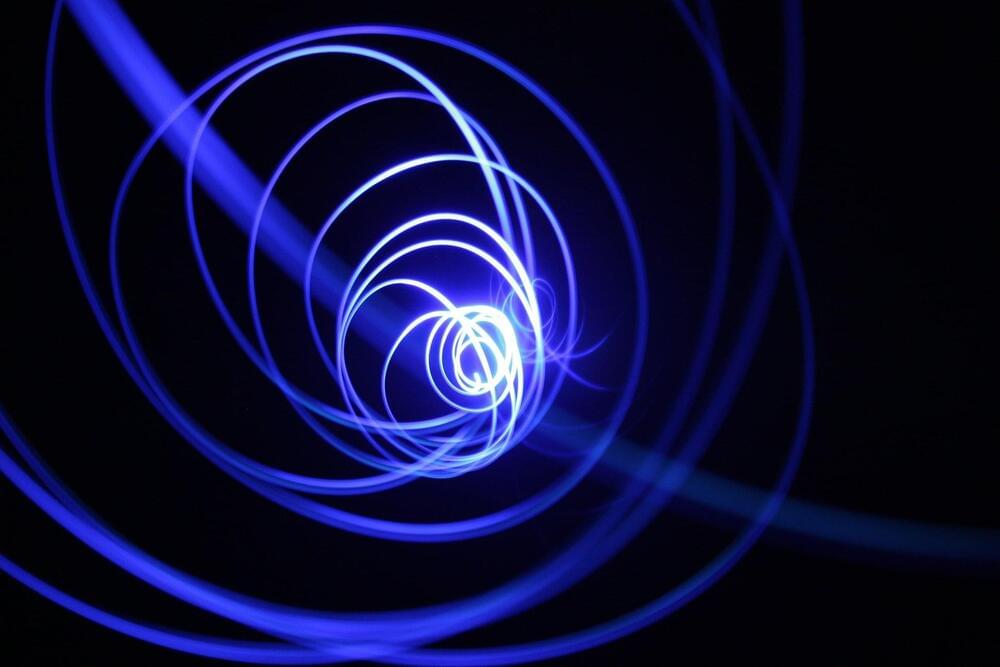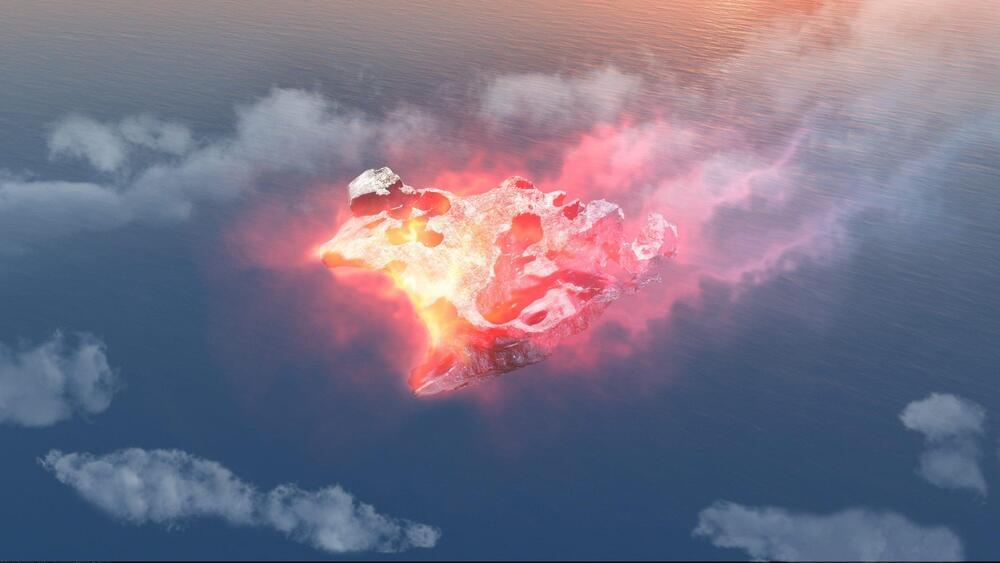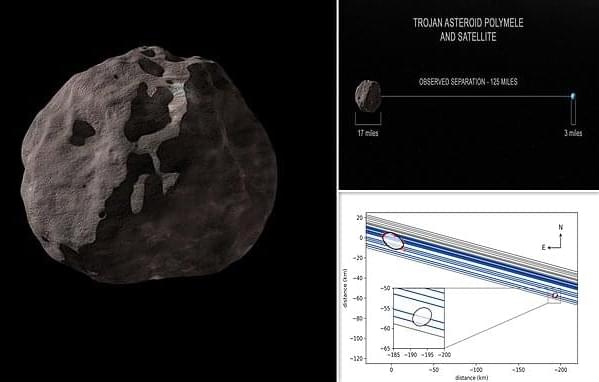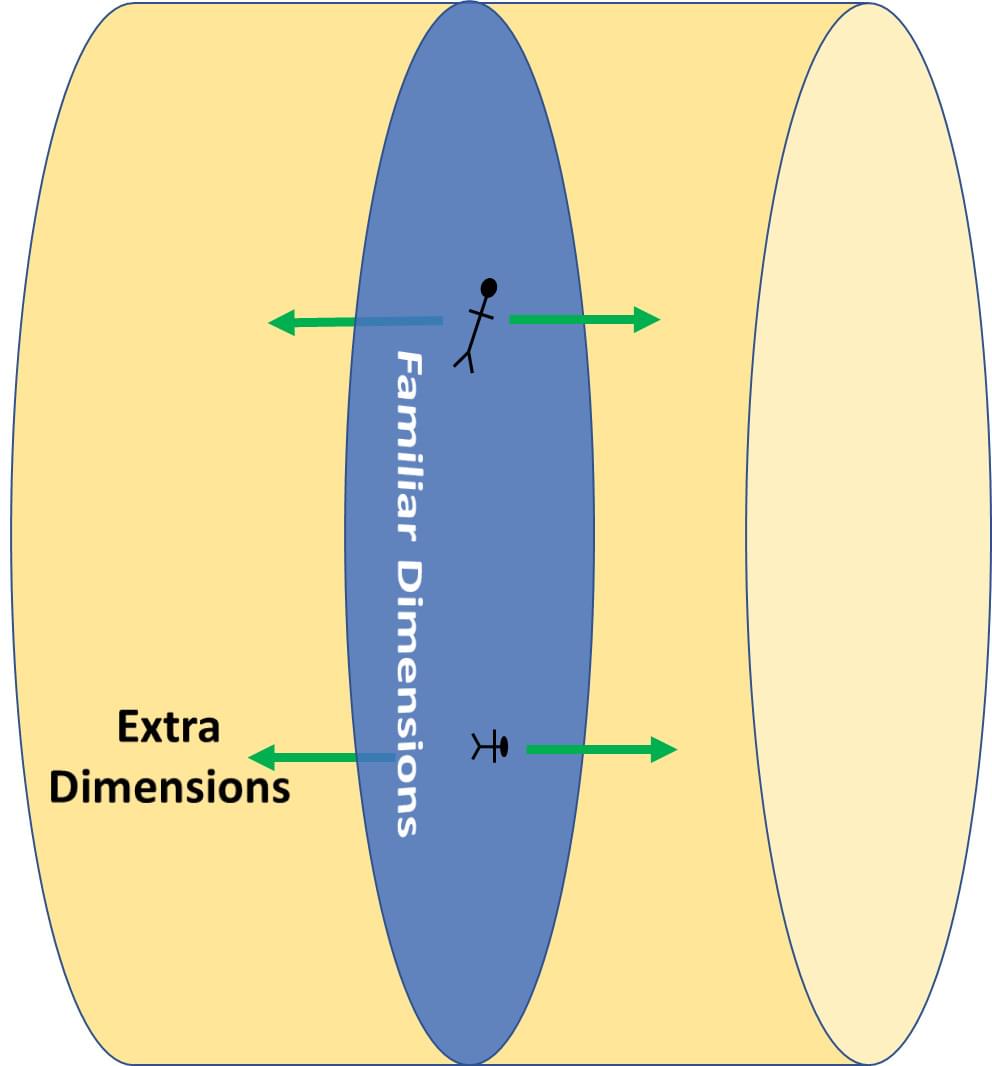While for decades Mars has been the planet outside Earth that has arguably received the most attention, in recent years, planetary scientists have been setting their sites on our other neighbor: Venus. This strange planet with its hellishly high temperatures and incredible surface pressure will be the site for two upcoming NASA missions and one European Space Agency mission in the next decade, and these agency missions will also be joined by a private space mission from New Zealand-based company Rocket Lab.
Rocket Lab recently shared more details for its planned mission to Venus in a publication in the journal Aerospace. With a planned launch in 2023, it will be the first private mission to Venus and will use Rocket Lab’s Electron rocket and Photon spacecraft.
The aim of the mission is to investigate whether anything could be living in the thick clouds of Venus. This topic received international attention in 2020 when a study suggested that there could be phosphine, a potential indicator of life, in the Venusian clouds. However, subsequent research suggested that the indicator was likely only sulfur dioxide, a common gas not particularly related to life. Even so, the potential for microscopic life to exist on Venus has been long been debated, as the planet was once similar to Earth.
